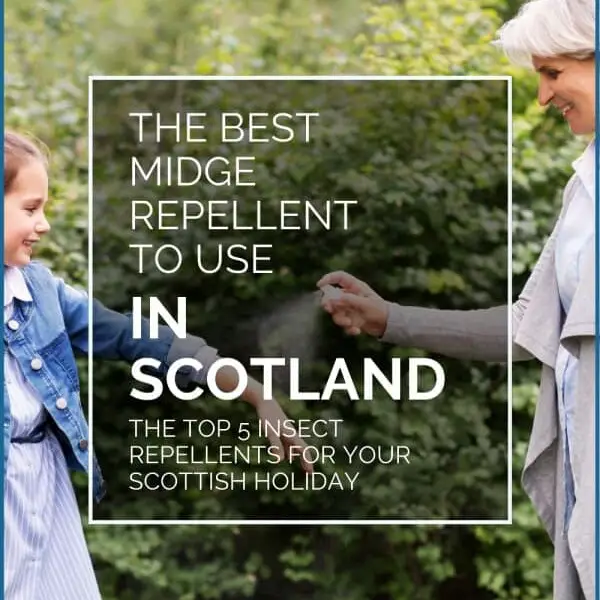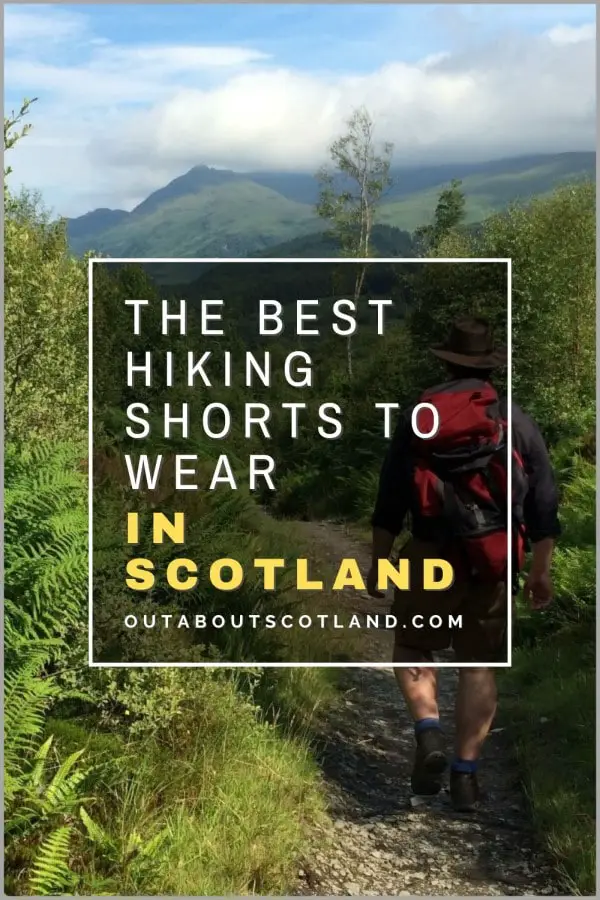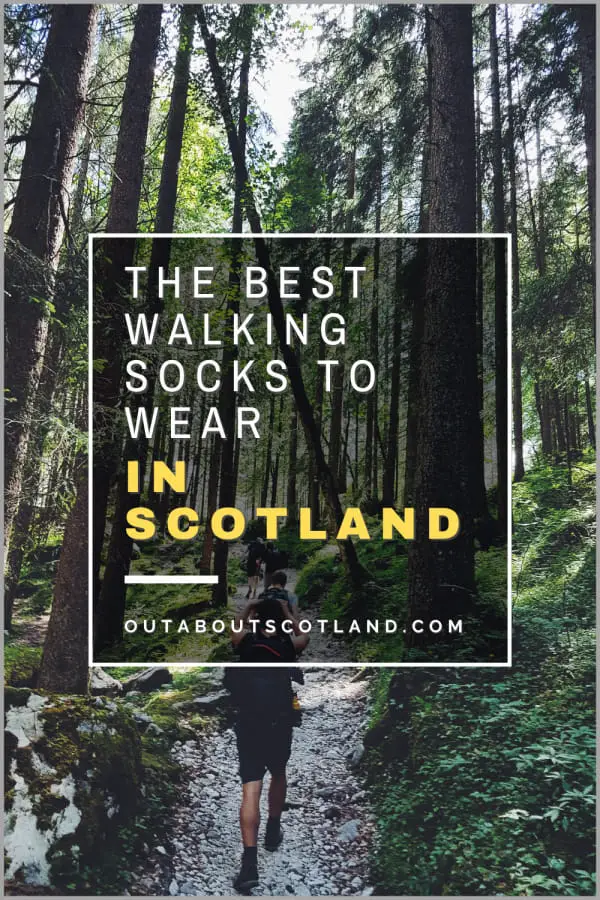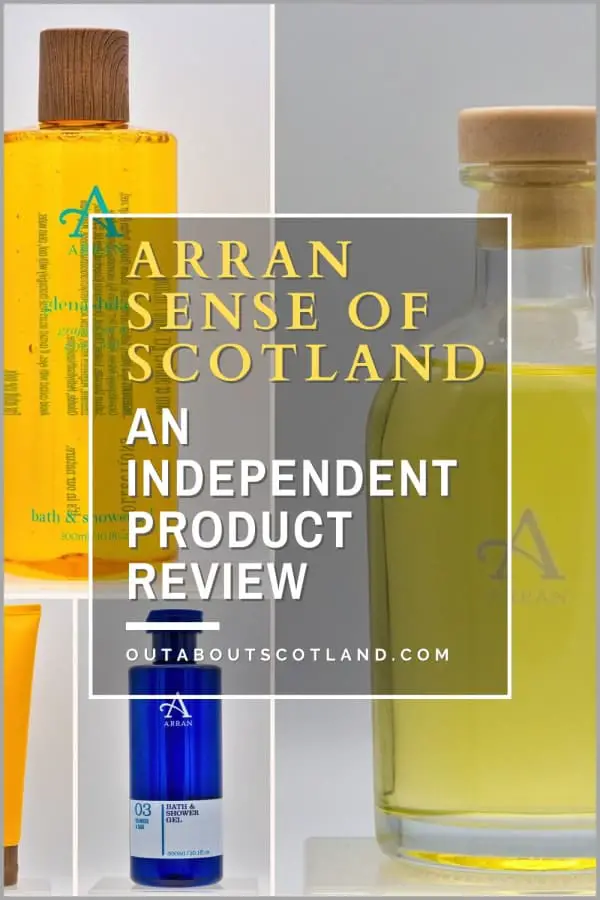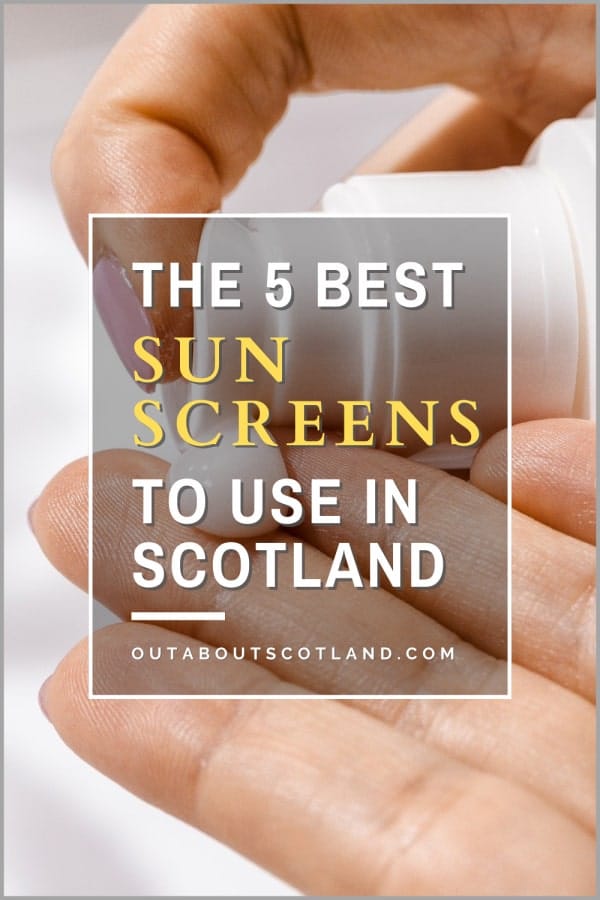Midges are small, biting insects found in the Scottish Highlands and the West Coast that are part of the Ceratopogonidae family of midges. They are only 1-3 mm in size, but they gather in large swarms near water and damp ground in the early morning and evening.
Midge bites are initially quite painful and they quickly develop into itchy red skin blotches that can easily break and become infected if scratched hard. The most effective protection against midges is to use a body lotion that blocks their antennae receptors.
Discover a collection of top-rated tried and tested midge repellents in this article which includes sprays and lotions to use when walking as well as an option to keep midges away when sitting outside.
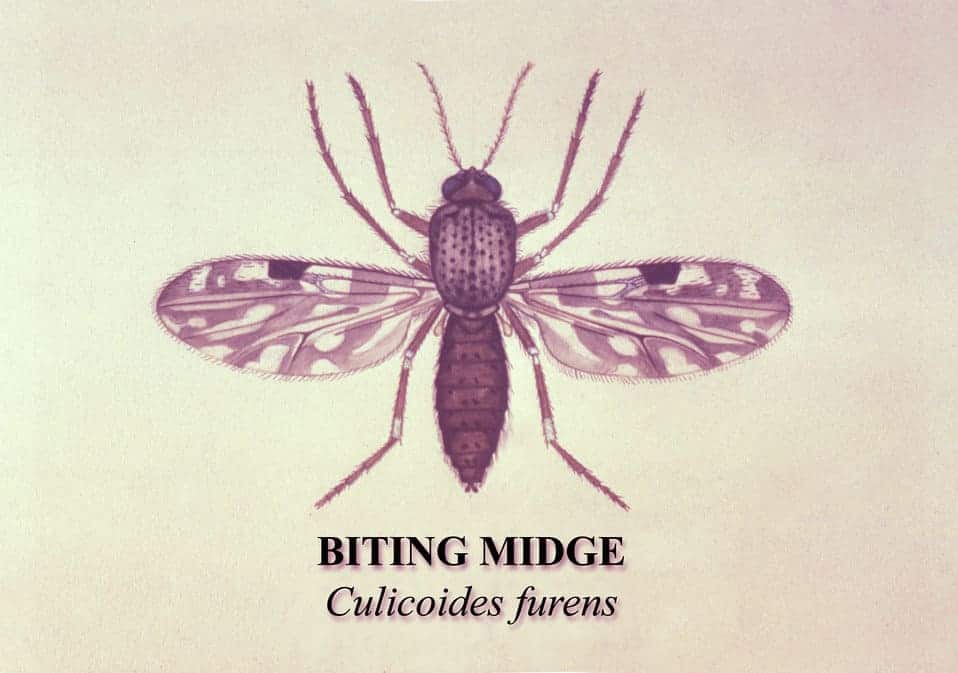
In a hurry? If you don’t have time to read the reviews, follow the link below to purchase my #1 recommended midge repellent on Amazon.
Recommended products for preventing midge bites: Smidge Spray Lotion
The Best Midge Repellent to Use in Scotland
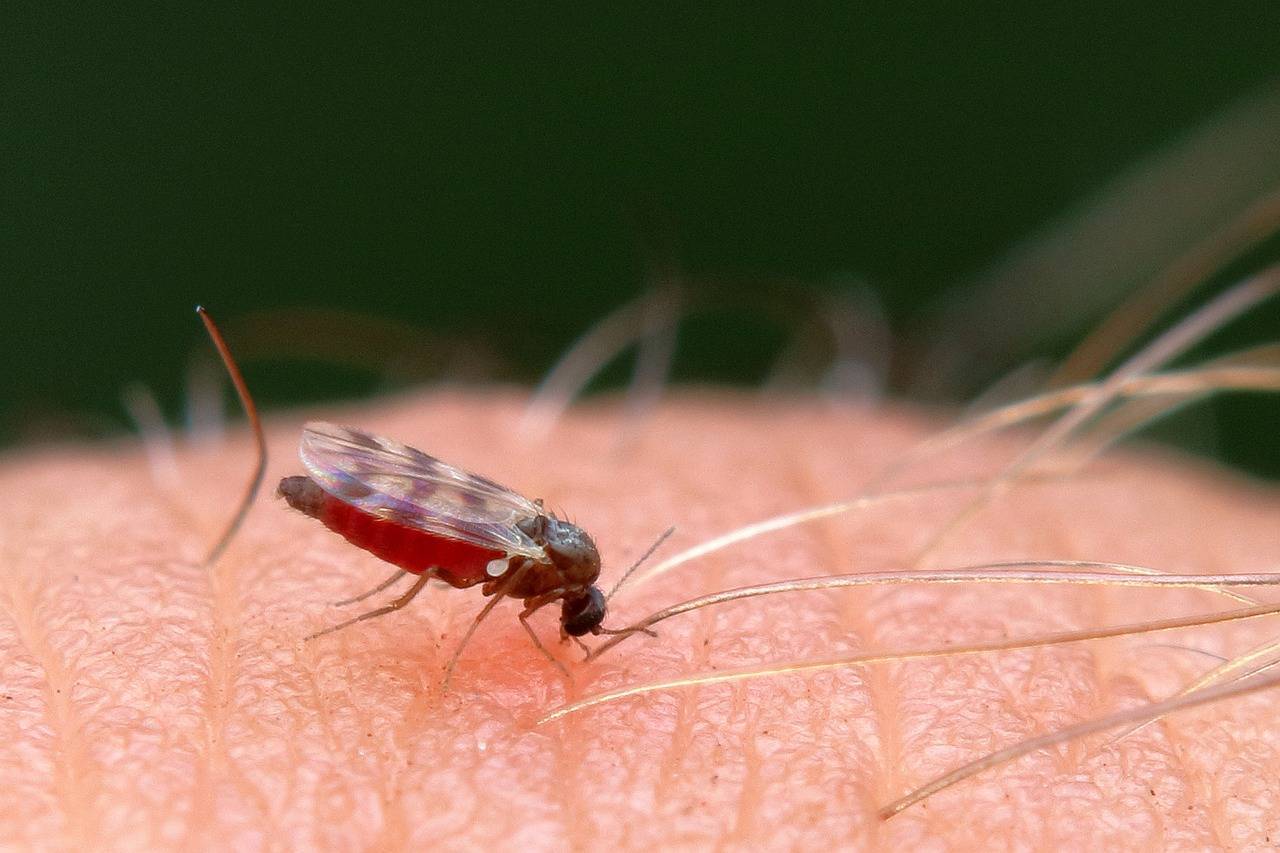
It’s a known fact that midges cause misery to Scotland’s tourists across the Highlands and Islands where they gather in vast numbers between May and September.
It’s only the females that bite as they need lots of protein to form their clutches of eggs, but while they mostly feed on cattle and wild animals they’re also quite happy to chow down on any passing human that comes within range whether young, old, male or female.
Midge bites are very unpleasant and they have been known to bring grown men to tears, mainly because the resulting swelling is maddeningly itchy and can last for several days.
There are, however, ways to avoid midges which include avoiding the regions where they’re most prevalent ie. the Highlands, the north and west coasts, and the west coast islands, but obviously, you will then miss out on seeing the most scenic parts of Scotland.
You can also stay indoors during their most active times – early morning and early evening – but that means you’ll lose several hours of each day just because of these infuriating insects. The preferable alternative is to either block the midge’s ability to find you or make your skin taste unpleasant – or preferably both. That means you can get on with your holiday without giving the pesky midges a second thought.
The following products have been proven to work wonders at preventing midge bites and they are all safe to use, cheap to buy, and readily available. All links are for Amazon.
Top 5 Recommended Midge Repellents
Smidge Spray Lotion
Best Midge Repellent
This is the go-to midge repellent to use in Scotland for several reasons, the first of which is this stuff simply works. I’ve been using Smidge for years and out of all the insect repellents I’ve used it’s the only one I always make sure I’ve got ready to go in my suitcase.
Smidge keeps midges, mosquitoes, horseflies and other biting critters at bay for up to 8 hours with just one application and it’s also water-resistant, so if you feel the need to go wild swimming you won’t have to re-apply it.
Other positives about this product include the fact it comes in a tough metal canister which is much better to chuck in the bottom of a backpack than a plastic bottle (which I always worry I’ll break when I dump my pack on the ground) and it has a manual pump-action so you won’t have to worry about it running out of gas.
Smidge comes out of the can as a lotion rather than a spray and it doesn’t feel at all oily on your skin, and I love the fact it smells quite nice too. Unlike many insect repellents, it doesn’t use DEET and instead uses Picaridin which is recommended by many health authorities in Scotland. It’s also safe for use by children and pregnant women.
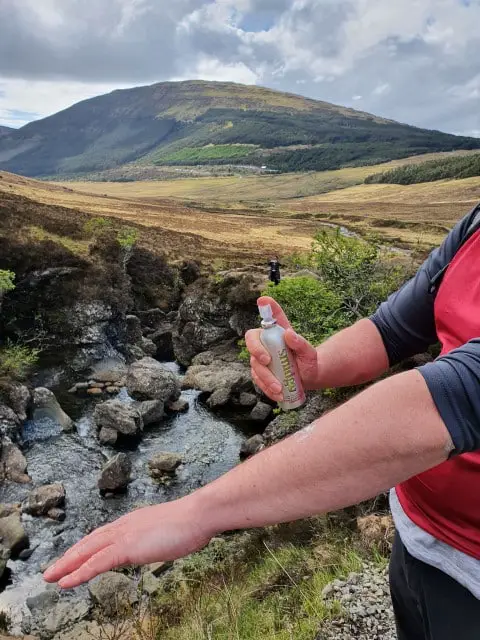
- Powerful, reliable protection for up to 8 hours
- Water- and sweat resistant
- Repels midges, mosquitoes, horse flies, sand flies, fleas and ticks
- Safe for use on adults, children over 30 months and pregnant women
- Non-sticky, moisturising with a pleasant fragrance
- Packaging may vary
Jungle Formula Maximum
Best Long-Lasting Repellent
Jungle Formula Maximum is the big daddy of insect repellents and it definitely deserves its place at #2 under Smidge. I’ve even used Jungle Formula in an actual jungle in the past (I used to work in West Africa) so I can say hand on heart it definitely does the job when it comes to keeping flying nasties away.
Jungle formula deters insects for up to 9 hours and it has one of the highest ratings on Amazon, but it’s not without its downsides. While I rate it above Smidge as a repellent it’s not waterproof, so if you go for a dip you’ll have to re-apply it. It’s also a spray aerosol so there’s a risk the gas will escape if you don’t use it for a long time and I found it to be a bit greasy – but not overly so.
The big negative is that it uses 50% DEET which is quite a high concentration and rather overkill for a visit to Scotland. Still, if you also travel overseas to areas that have mosquitoes, there’s no better product in my opinion.
- For long haul travellers, malaria risk areas and those wanting that extra protection
- Endorsed by the hospital for tropical diseases
- From three-years
- Up to 10 hours protection
- Contains DEET
The Wee Midgie Candle
Best Midge-Repellent Candle
After a long day hiking through the Highlands you’ll no doubt be desperate for a shower, after which the last thing you’ll want to do is slather your body with yet more insect repellent. A great alternative is to light a few of these candles if you intend to sit outside as they’re designed to release a scent that midges, mosquitoes, and other buzzy critters hate.
You’ll need at least two for any area bigger than a dining-table-sized space but they work very well and there’s something incredibly relaxing about watching a candle burn down in the evening.
There are many alternatives but almost all of them have that rank citronella smell which I find overpowering and sickly, whereas these Scottish-made candles have a lavender and bog myrtle scent that’s quite nice. The candles are rather small but they burn for several hours – certainly enough for a couple of nights – but be aware the tin is quite shallow and it has an exposed wick so you must place it somewhere it won’t overturn.
- Handmade in Scotland, Wee Midgie LAVENDER & BOG MYRTLE Candle Tin for repelling mosquitoes, midges and other pesky insects.
- The Wee Midgie LAVENDER & BOG MYRTLE Candle Tin will allow you to enjoy outdoor dining.
- An effective insect repellant candle with a delighful lavender and bog myrtle scent.
- Wee Midgie LAVENDER & BOG MYRTLE Candle Tin keeps these pesky midgies and mosquitoes away .
- Tin size - 7cm x 7cm x 3.5cm
Mosi-Guard Natural Insect Repellent
Best Chemical-Free Repellent
I have to start this review by saying I’ve used Mosi-Guard natural repellent before and while it works, in my opinion, it’s not quite as good as Smidge or any product that uses DEET. Still, if you want to give midges the elbow this is one of the best products to buy and the fact it doesn’t use DEET or indeed any nasty chemicals is a massive bonus.
The herbal component of this spray is Citriodol which is a 100% plant-based product that is biodegradable, and to date, there is no known accumulation of Citriodol in any public waterways.
Out of all the sprays on this page, Mosi-Guard has the most pleasant scent by a country mile so you’ll have no embarrassment if you cover yourself in it and then pop into a shop or sit indoors in a Highland pub for a few hours. You might even have people comment on how nice you smell!
As with everything, there are a few negatives to this product which include not being waterproof, and I’m rather suspicious of the claimed 8 hours of protection from one covering. On the other hand, it comes in a very handy 40ml bottle that’s easy to carry around and it has a manual-action pump so you won’t have to worry about any aerosol gas leaking out.
- Powerful, natural insect repellent
- Oil of lemon eucalyptus
- Protects against biting insects including mosquitoes, ticks and midges
- Fresh and zingy smell
Avon Skin So Soft
Best Alternative Repellent
Avon Skin So Soft is a beauty product that has been recommended as a midge repellent for years, which I always thought was an old wives tale until I tried it myself.
First and foremost, this stuff smells great and it blows all other midge repellents out of the water when it comes to making your skin feel soft (the clue’s in the name I guess) plus it dries into your skin without leaving it feeling oily, and it doesn’t leave any marks on your clothes as opposed to DEET which can bleach clothes and plastics.
It’s also the cheapest of the bunch, has a manual pump dispenser, and is infused with natural oils so it’s virtually free of chemicals.
My other half swears by it so I thought I’d give it a go last year and… it actually works. No matter if I sat outside in the evening or walked through the Highlands in the early morning, midges seemed to avoid me whenever I used Avon Skin So Soft.
I would be happy to place it at the number one position in this list were it not for a couple of factors. First, the bottle is a fairly lightweight plastic that I would never throw in the bottom of my bag for fear of it breaking. Then again, place it in a side pocket and it would probably be fine.
It’s also not explicitly sold as an insect repellent so it has no estimated anti-midge duration, though I guess 3-4 hours would be about right. Finally, it’s not water-resistant so you’ll have to re-apply it after taking a dip, but apart from those points Avon Skin So Soft is highly recommended.
Features to Look For in Midge Repellents
- No Deet. Preferably contains Picaridin instead, which is recommended by the WHO.
- Also deters mosquitoes, black flies, horse flies, fleas and ticks.
- Non-greasy and easily absorbed.
- Does not stain clothing.
- Pleasant or no smell.
- Sweat and water-resistant.
- Lasts at least 3-4 hours.
- Safe to use on children and pregnant women.
- Strong bottle with manual pump spray.
Why Do You Need Midge Repellent in Scotland?
Scotland’s infamous midges can bring misery to your holiday, especially if you’re not suitably prepared for them. There are an estimated 181 trillion midges in Scotland and for every square metre of ground in the Highlands there could be 250,000 eggs waiting to hatch and go on the hunt for their next meal of tasty human blood.
That means you’re almost guaranteed to be bothered by the wee bloodsuckers if you visit Scotland during the times when the biting females are on the prowl (May to September), and unless you’re prepared you will, in all likelihood, have a thoroughly miserable time.
I’ve already mentioned that midges are most prevalent in the Highlands but if you don’t want to be bothered by them you should spend time outdoors only when the wind is above 7 mph when they’re unable to fly, so high elevations and the coastline are certainly areas to head to. In addition, you can avoid suffering from those itchy bites by blocking the ability of the midges to locate you by covering yourself with a strong scent or making your skin as unappetizing as possible.
The recommended product to achieve that goal is Smidge which uses a proven formulation that deters midges while also being safe to use, non-greasy, well-priced, and comes in a tough, easy-to-use container.
Note that all items reviewed on this page are the opinion of Out About Scotland and your experience may differ.
What is a midge-repellent machine?
A midge-repellent machine is a device that uses ultrasonic or electromagnetic technology to repel midges. These machines work by emitting high-frequency sound waves or electromagnetic fields that are designed to be unpleasant to midges, but not harmful to humans or other animals.
The theory behind these devices is that the sound waves or electromagnetic fields will cause the midges to avoid the area where the machine is located. However, the effectiveness of these devices has not been extensively tested and there is some debate about whether they are truly effective at repelling midges.
How can I stop getting bitten by midges?
Here are some steps you can take to help avoid getting bit by midges:
1: Use insect repellent: Applying a repellent to your skin can help to prevent midges from biting you. Look for repellents that contain DEET or picaridin, as these are the most effective against midges.
2: Wear protective clothing: Wearing long-sleeved shirts, trousers, and socks can help to protect your skin from midge bites. Light-coloured clothing is also less attractive to midges than dark colours.
3: Avoid being outdoors at dawn and dusk: Midges are most active at these times, so try to limit your outdoor activities during these periods.
4: Keep your windows and doors closed: Midges can enter your home through open windows and doors so make sure to keep them closed as much as possible.
What keeps midges away naturally?
Several natural methods can help to keep midges away. Some of these include using essential oils such as citronella, lavender, and peppermint which have natural insect-repelling properties.
Another effective way to keep midges away is by using plants that midges dislike such as marigolds and basil. These plants can be placed near areas where midges are commonly found such as doors and windows.
Additionally, using fans or air conditioning can also help to keep midges away as they are not strong fliers and can be easily blown away by a gentle breeze
What is homemade midge repellent?
Homemade midge repellent can be made using a variety of natural ingredients such as essential oils and plant extracts.
Some common ingredients that are used in homemade midge repellent include citronella, lavender, and peppermint. To make your own midge repellent at home you can mix these ingredients with a carrier oil such as coconut oil or olive oil and apply the mixture to your skin.

